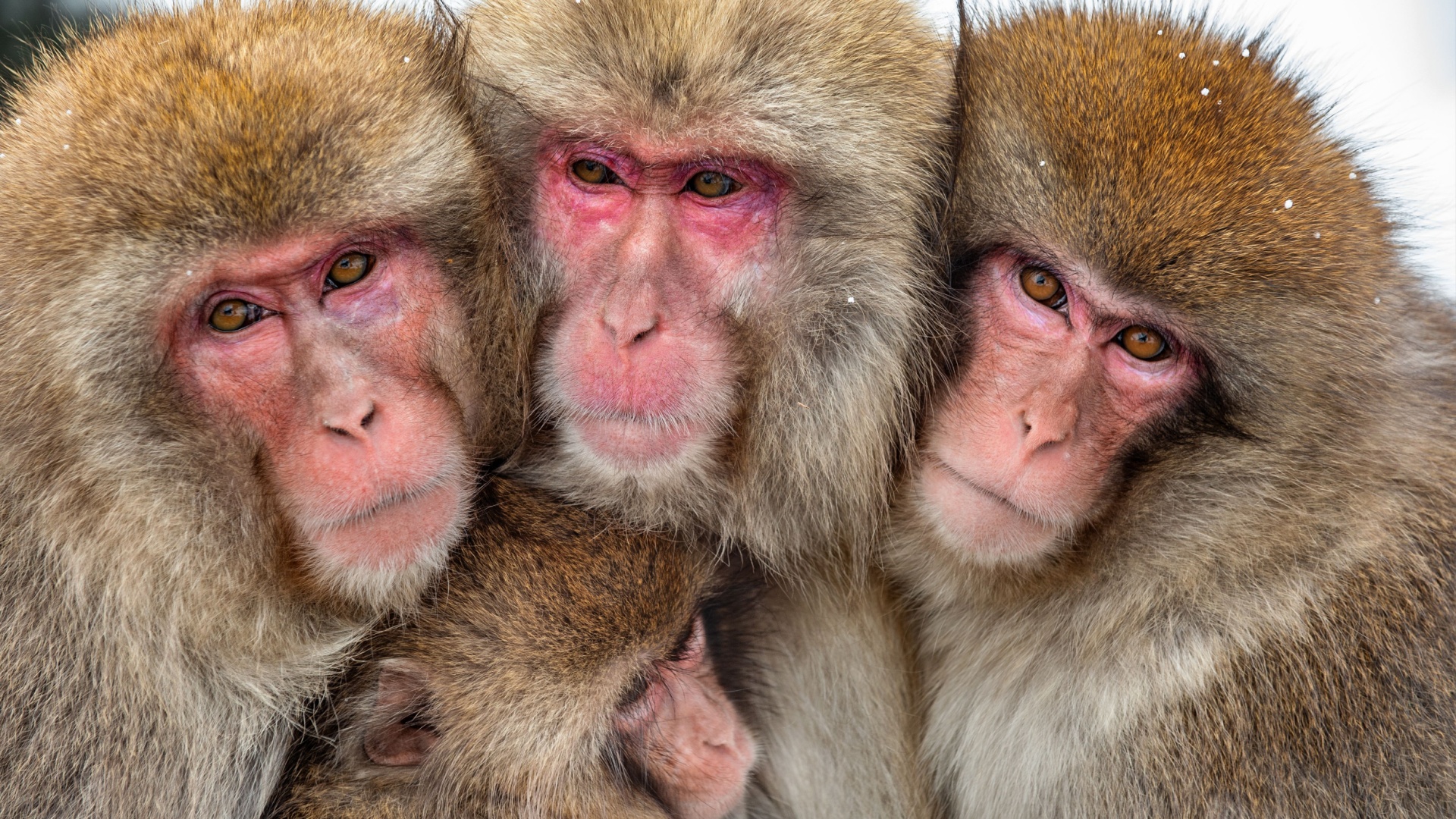In the intricate tapestry of the natural world, communication is not limited to vocal calls, visual signals, or chemical cues.
Many fascinating creatures have evolved to use vibrations as a primary language, enabling them to convey messages, warn off predators, or locate mates.
This unique form of communication is often unseen and unheard by human observers, yet it plays a vital role in the survival and interaction of numerous species. Let’s explore amazing creatures that demonstrate the incredible versatility and adaptation of vibration-based communication.
1. Elephants
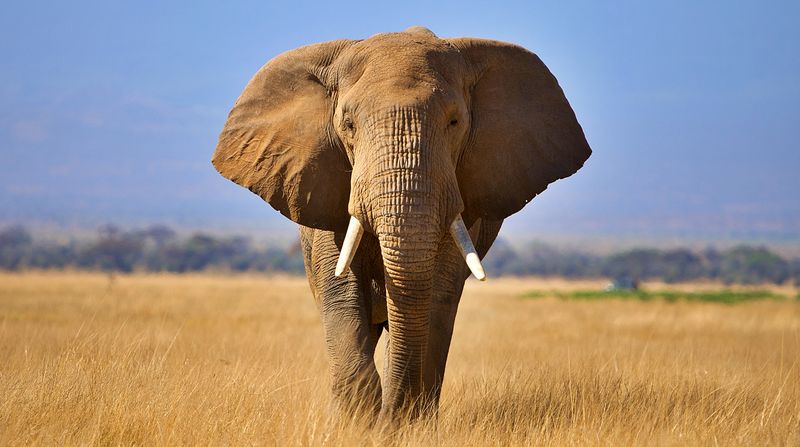
Through the dense foliage of African savannahs, elephants have mastered an ancient form of communication.
By stomping the ground, these gentle giants send seismic signals across vast distances. This allows them to alert fellow herd members of potential danger or locate water sources during dry spells. Their ability to detect these vibrations is equally remarkable.
Specialized cells in their feet and trunks pick up ground-borne vibrations, translating them into comprehensible information. This sensory marvel enables elephants to ‘hear’ with their feet, providing a form of long-distance communication that is both efficient and subtle.
It’s not just about survival, but also about social bonding. During mating season, males can detect the presence of females in heat from miles away, guided by the vibrations they produce. This fascinating communication method illustrates the complex social structures and intelligence of elephants.
2. Kangaroo Rats
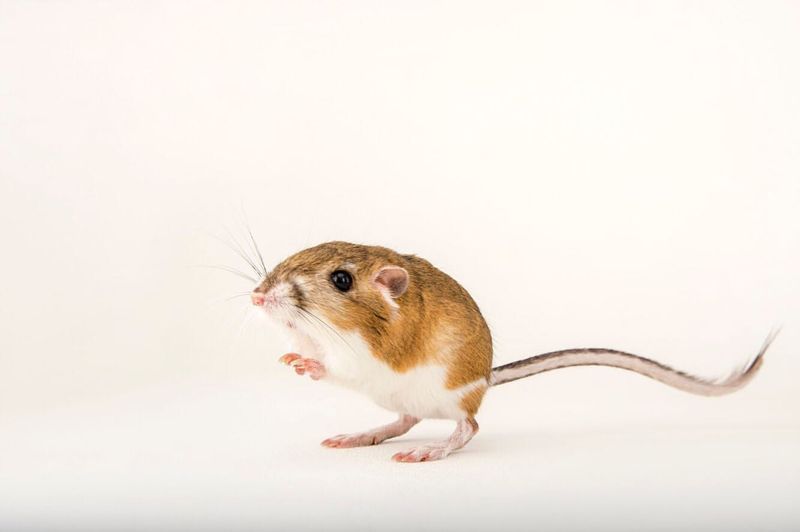
Amidst the arid deserts of North America, kangaroo rats have developed a unique way to communicate and defend their territory.
They use their large hind feet to produce rhythmic thumping sounds, sending vibrations through the ground. This behavior serves multiple purposes. It acts as a warning signal to deter potential predators by showcasing their alertness and agility.
For other kangaroo rats, these vibrations are territorial markers, defining boundaries without the need for physical confrontation. Interestingly, these creatures have evolved an acute sensitivity to ground vibrations, allowing them to detect approaching predators even before they can be seen.
This early warning system is crucial for survival in the harsh desert environment, where every second counts. It’s a testament to their adaptability and the power of non-vocal communication.
3. Water Striders
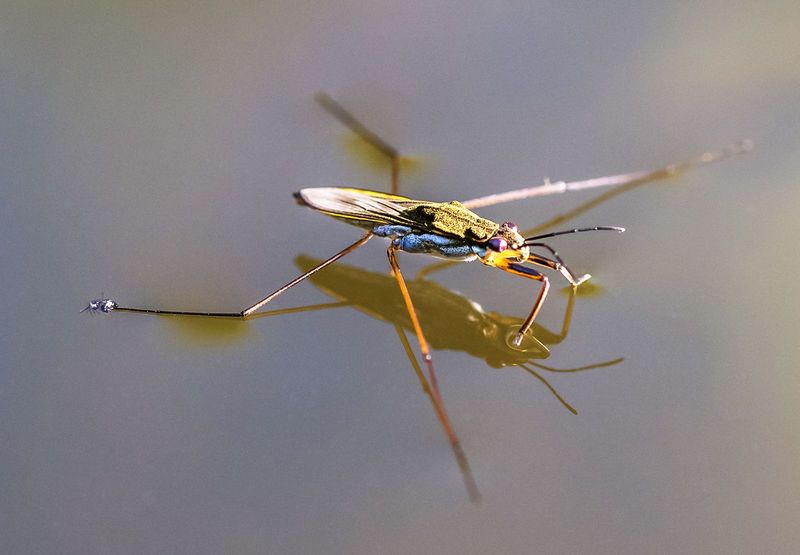
Skimming effortlessly over the surface of ponds and streams, water striders are masters of aquatic communication. They utilize the surface tension of water to send vibrational signals to each other, creating ripples that convey specific messages.
These ripples can indicate various things, such as the presence of food, territory boundaries, or mating calls. Each pattern and frequency of the vibration carries different meanings, a complex language developed through evolution.
In the world of water striders, these vibrations are crucial for avoiding predators and finding mates. Their ability to interpret these signals ensures their survival and continues the delicate balance of life on the water’s surface.
It’s a fascinating example of how life adapts to its surroundings, using available resources to communicate effectively.
4. Mole Crickets
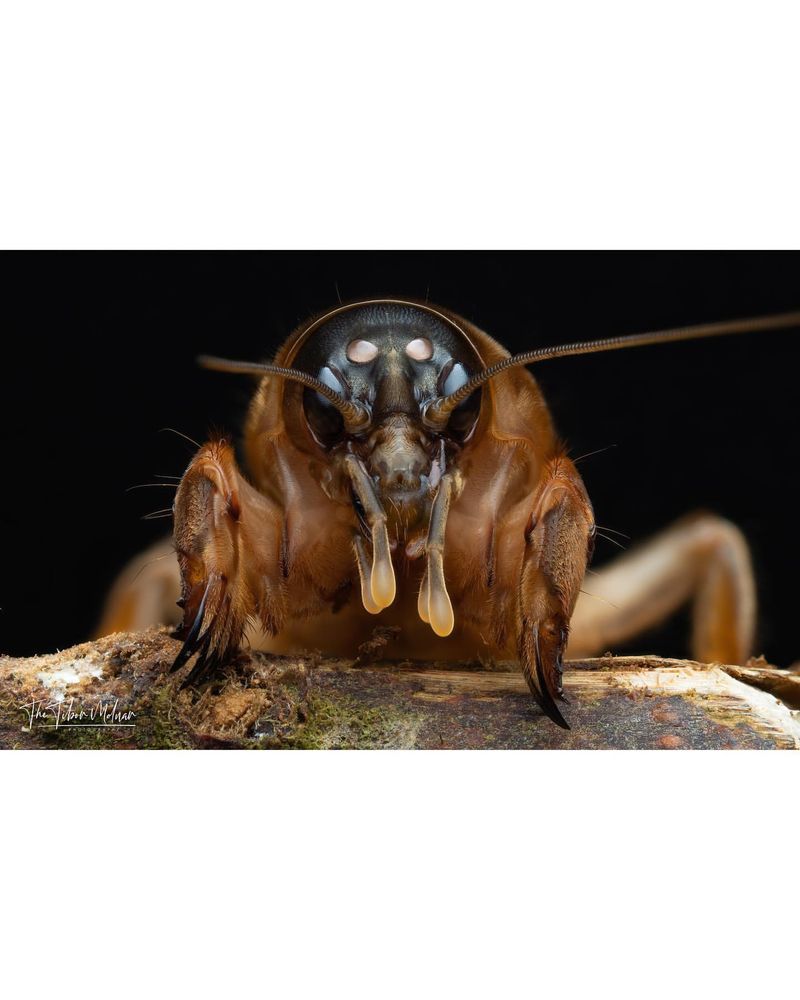
Hidden beneath the soil, mole crickets have adapted to a subterranean lifestyle, utilizing vibrations to navigate and communicate.
By rubbing their wings together, they produce a low-frequency sound that travels through the ground. This sound acts as a beacon for mates, guiding them through the darkness of their underground world.
It’s an essential aspect of their reproductive strategy, ensuring that they can find each other despite living in isolation.
The vibrations also serve as a territorial signal, warning other males to stay away. This method of communication highlights the ingenuity of mole crickets, turning the earth itself into a medium for conversation. It’s a remarkable adaptation that underscores the diversity of communication strategies in nature.
5. Spiders
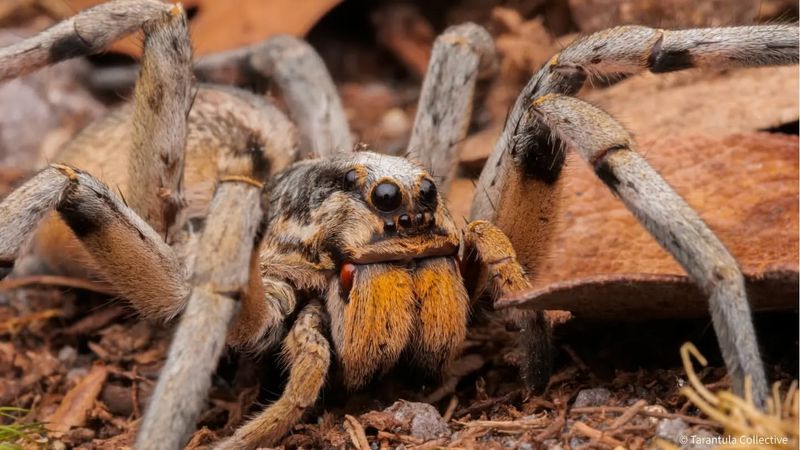
In the delicate architecture of a spider’s web, vibrations play a crucial role in communication and hunting. Every strand of silk acts as a conduit for information, transmitting the smallest movements to the spider’s sensitive legs.
This sensitivity allows spiders to detect the presence of prey, mates, or potential threats. By interpreting these vibrations, they can make split-second decisions, ensuring their survival.
Even courtship dances are communicated through vibrations, as male spiders perform elaborate sequences to attract females. This complex system reflects the intricate balance of life on a web, showcasing the spider’s remarkable adaptation to its environment.
6. Woodpeckers
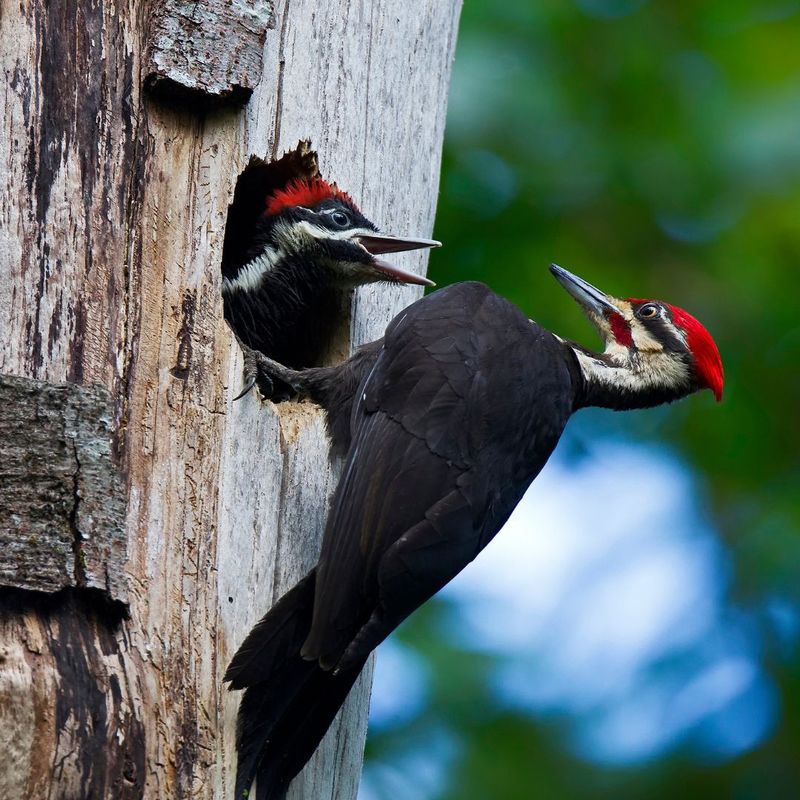
Woodpeckers utilize their strong beaks to drum on trees, creating vibrations that travel through the wood.
This drumming serves as a communication tool, signaling territory ownership, attracting mates, and even deterring intruders. Each species of woodpecker has its unique drumming pattern, acting as an identifier to others in the area.
These rhythmic vibrations are as distinct as vocal calls, allowing them to convey complex messages without vocalization.
The ability to communicate through drumming reflects their adaptation to life in dense forests, where sound may not travel as efficiently. It’s a fascinating insight into how animals can use their physical attributes to communicate across distances.
7. Prairie Dogs
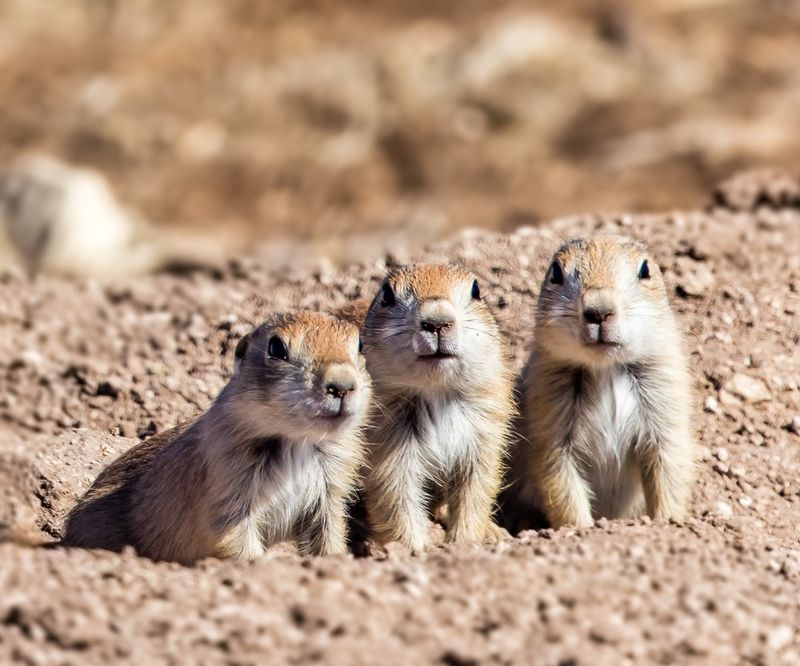
In the sprawling grasslands of North America, prairie dogs have developed a sophisticated system of communication using vibrations.
By thumping their feet on the ground, they send alerts to their colony about potential danger. This behavior creates a network of communication across the colony, ensuring that all members are aware of threats. It’s a crucial survival mechanism in an open habitat where predators can appear suddenly.
The thumping also serves social functions, reinforcing bonds within the community. This vibrational communication is part of their complex social structures, highlighting their intelligence and adaptability.
8. Seismic Lizards

In rocky environments, some lizards have evolved to use seismic communication, sending vibrations through the ground as signals.
By stamping their feet or moving their bodies, they can transmit messages over considerable distances. These vibrations can indicate territory boundaries, mating readiness, or alert others to danger.
It’s a versatile form of communication that fits well with their habitat, where visual or vocal signals may not be as effective.
Seismic communication allows these lizards to interact without direct contact, reducing the risk of confrontation. It’s an elegant solution to the challenges of communication in rugged landscapes, showcasing their adaptability and survival instincts.
9. Ants
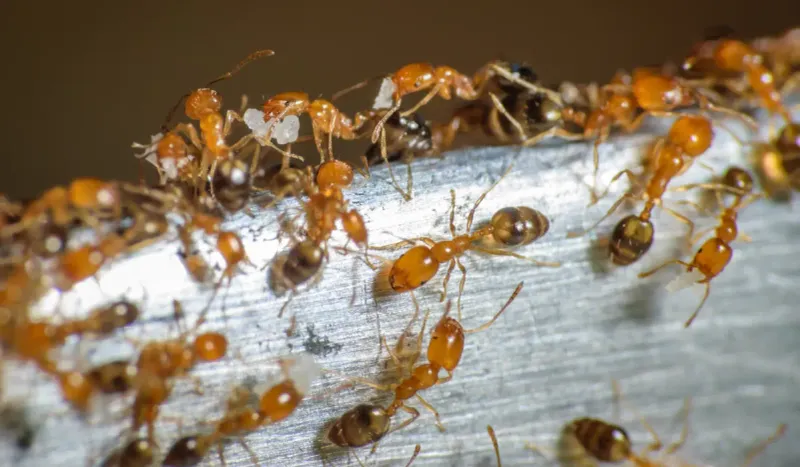
Within the bustling world of an ant colony, vibrations are a vital form of communication. By using their bodies to create vibrations, ants can convey messages about food sources, danger, or the need for assistance.
The vibrations are transmitted through the ground, reaching other members of the colony and coordinating their activities.
This method ensures that ants can work together efficiently, maintaining the colony’s structure and success.
It’s a remarkable example of teamwork and organization, illustrating how these tiny creatures have developed sophisticated methods to thrive in complex social networks. Their vibrational communication is an essential part of their survival strategy.
10. Bees
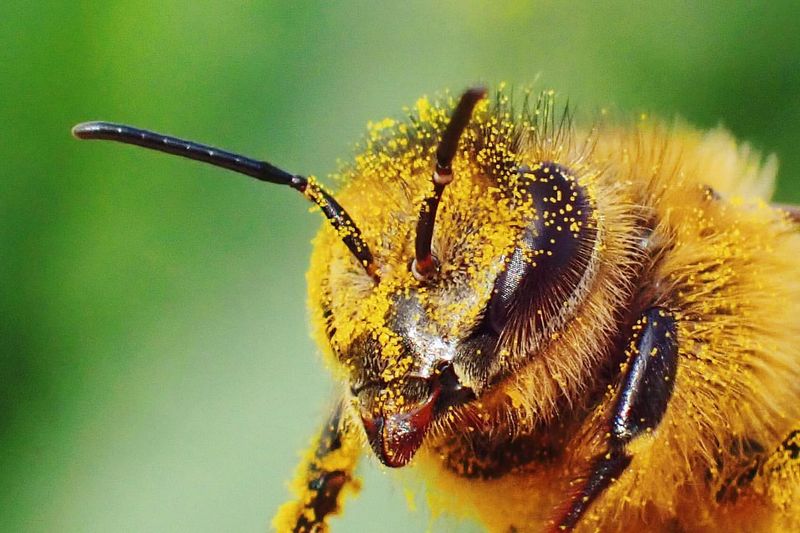
Inside the hive, bees have a unique way of communicating using vibrations. Through a series of movements known as the ‘waggle dance,’ they convey information about the direction and distance of food sources.
This dance creates vibrations that other bees can interpret, guiding them to valuable resources. It’s an intricate language that requires precision and understanding, reflecting the complex social structure of the hive.
These vibrations also play a role in regulating hive temperature and coordinating group activities. It’s a testament to the intelligence and adaptability of bees, showcasing their ability to use vibrations for survival and efficiency.
11. Frogs
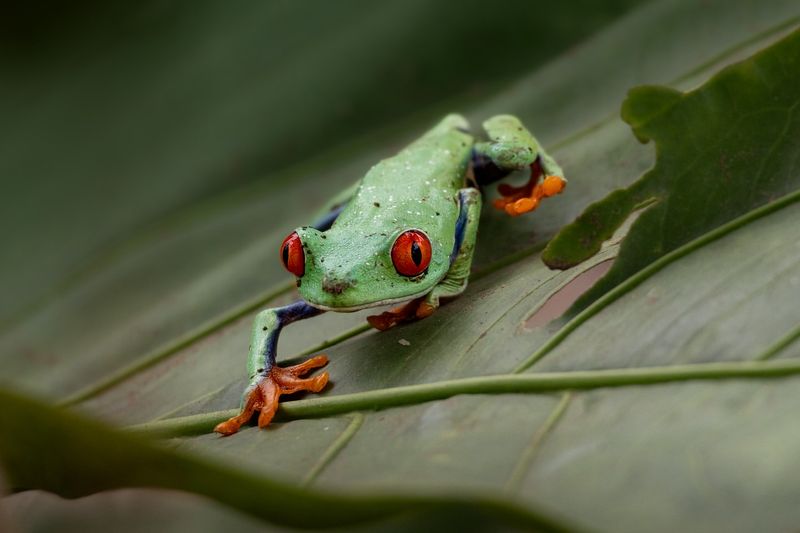
In the humid forests and swamps, frogs have adapted to use vibrations as part of their communication repertoire.
By inflating their vocal sacs, they create both sound and vibrational signals that travel through water and air.
These vibrations carry essential information about mating readiness, territory, and even warnings of danger. The ability to use both sound and vibrations allows frogs to communicate effectively in diverse environments.
It’s a dynamic form of interaction that showcases their adaptability to various habitats, ensuring their message gets across even in dense foliage or noisy surroundings. This dual communication strategy is vital for their survival and breeding success.
12. Japanese Macaques

In the snowy landscapes of Japan, Japanese macaques, also known as snow monkeys, have incorporated vibrations into their communication methods.
By combining vocalizations with body movements, they create vibrational signals that convey complex social messages. This can include information about status, mating readiness, or alerts to potential predators.
It’s a sophisticated form of communication that reflects their highly social nature and intelligence. The integration of vibrations into their vocal repertoire enables them to communicate effectively across the diverse environments they inhabit, from the mountains to hot springs.
It’s an adaptation that highlights their ability to thrive in challenging conditions.
13. Treehoppers
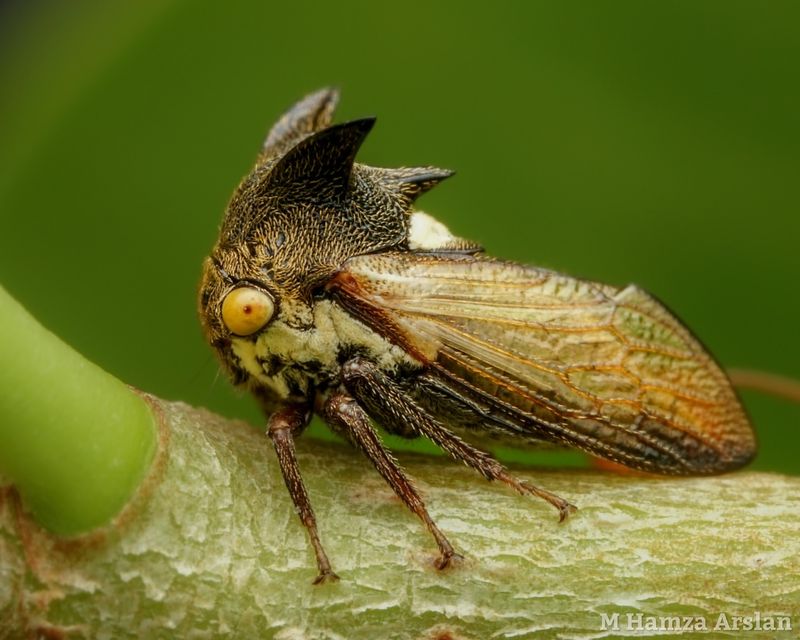
Clinging to the branches of trees, treehoppers communicate through vibrations that travel along plant stems.
By moving their bodies rhythmically, they can send signals to others, covering considerable distances. These vibrations are essential for mating calls, territory establishment, and even warning of predators.
It’s a nuanced form of communication that allows them to interact without direct contact, reducing the risk of predation.
The ability to send these signals through plants showcases their adaptation to arboreal life, turning the plant itself into a communication network. This unique method illustrates their resourcefulness and the complexity of nature’s communication systems.

